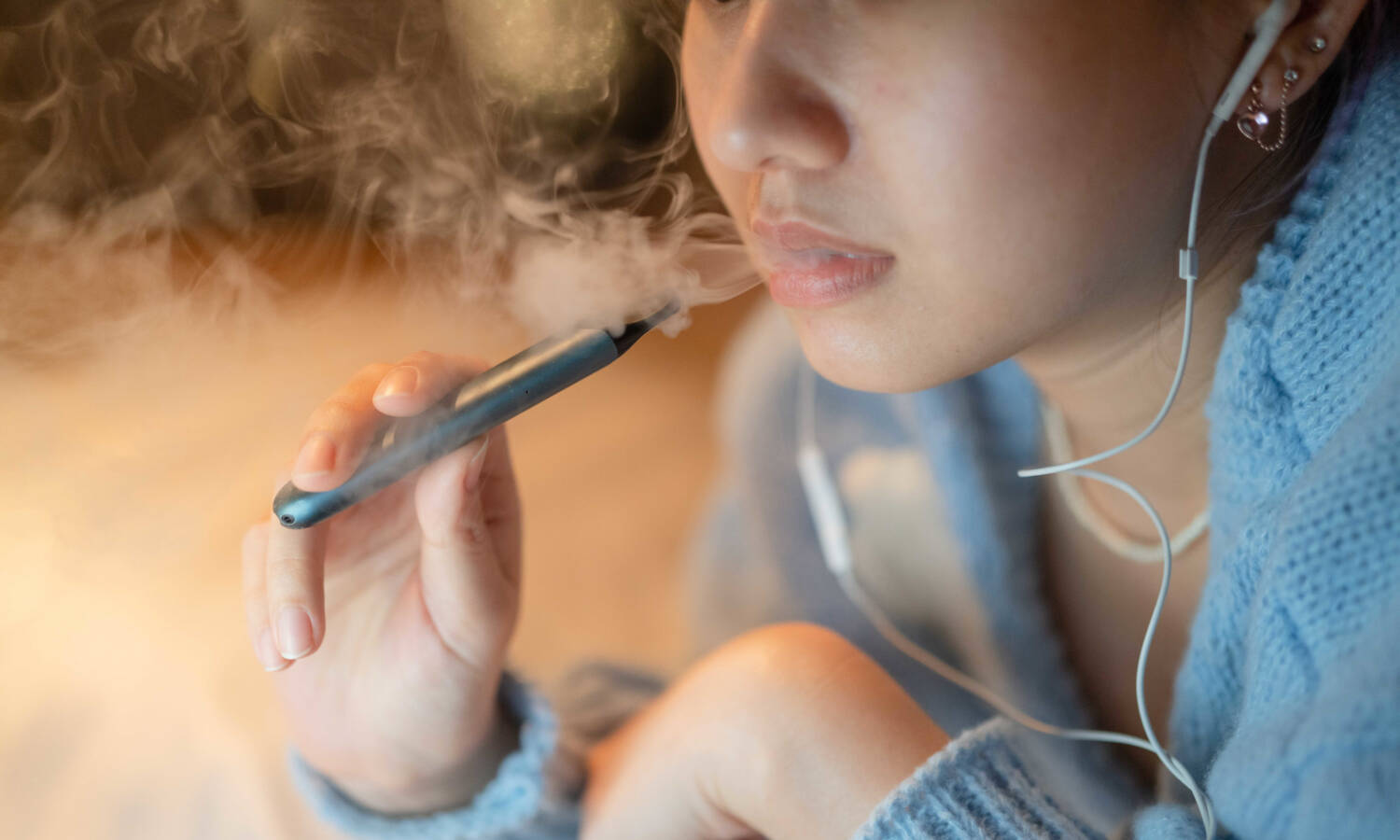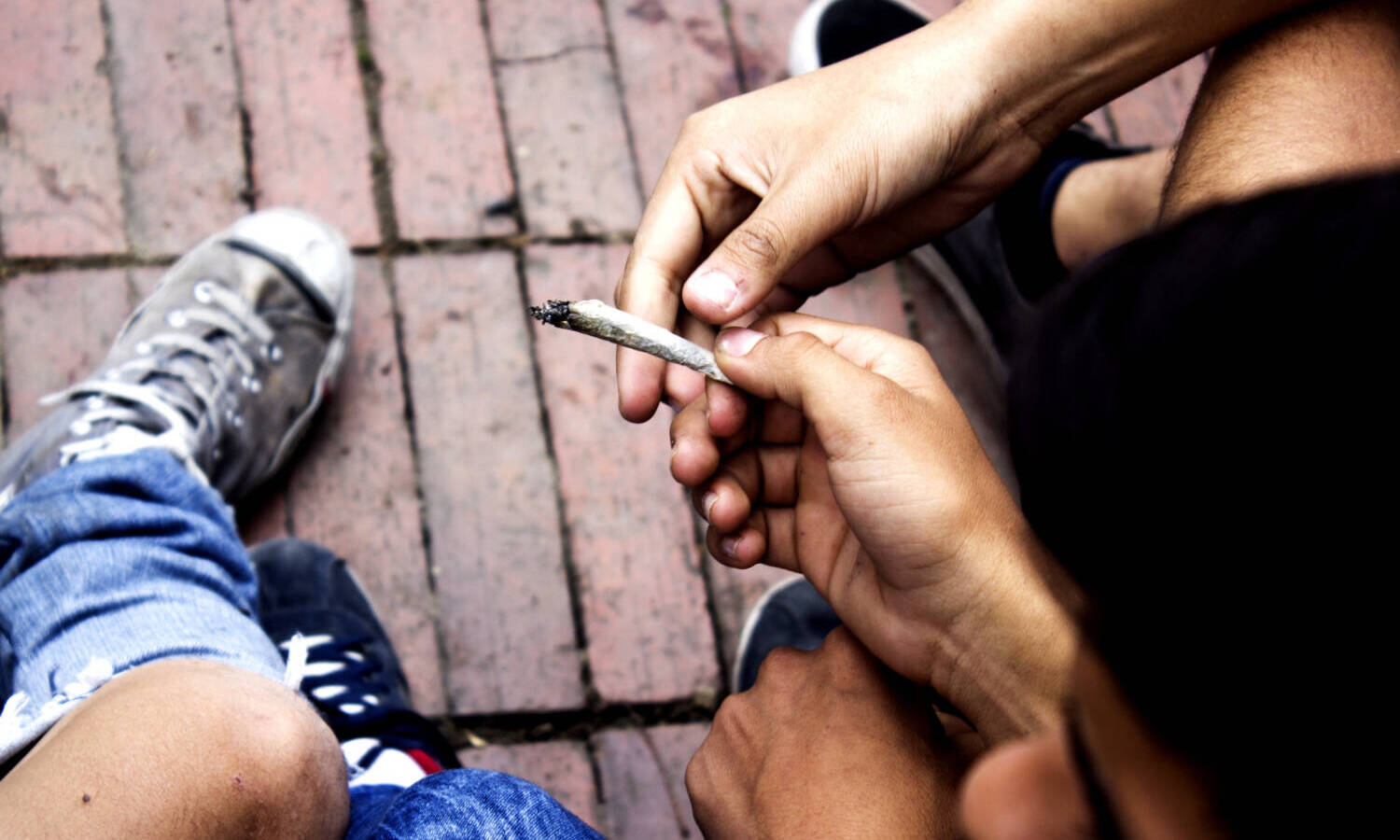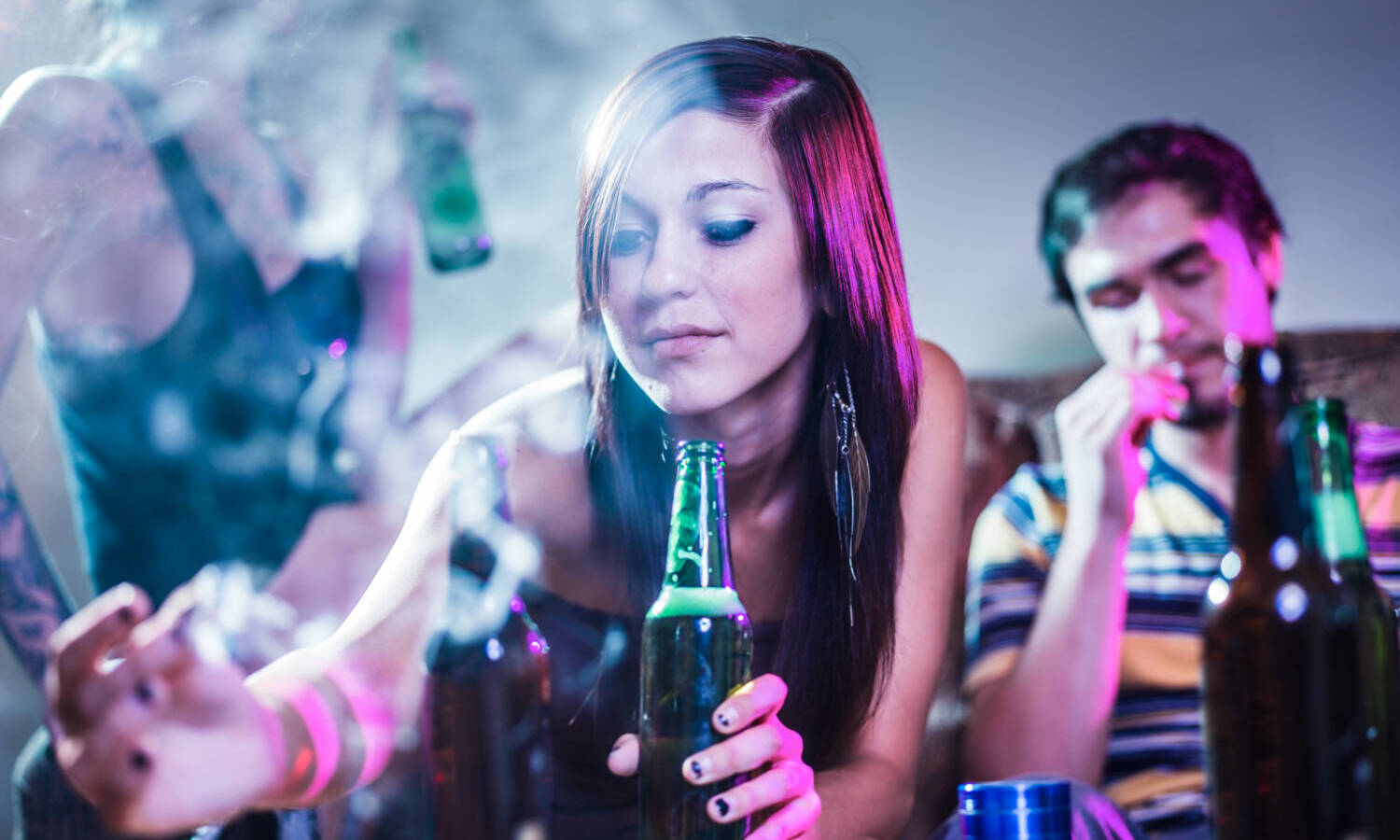In 2022, 7% of eighth graders had vaped nicotine in the past 30 days as compared with 6% who used alcohol and 5% who used cannabis.
Vaping nicotine has become the most common type of substance use among young people, according to a long-term national study headed by University of Michigan researchers.
For the past four years, nicotine vaping has surpassed alcohol and cannabis use among eighth-graders, said Richard Miech, principal investigator of the Monitoring the Future Study.
In 2022, 7% of eighth graders had vaped nicotine in the past 30 days as compared with 6% who used alcohol and 5% who used cannabis. In 2021, the numbers were tied between nicotine vaping and alcohol use among 10th graders, said Miech, but in 2022, nicotine vaping grew among that group.
“It’s the first time we’ve seen both eighth and 10th grade where nicotine vaping beats all other forms of substance use,” said Miech.

Vaping Spiked In 2018-09
Nicotine vaping was first added to the Monitoring the Future study, which started nearly a half-century ago, in 2017 and spiked in 2018 and 2019, the most notable increase of any substance use throughout the history of the study.
“These were the largest increases we’ve ever seen in 48 years for any substance that we’ve ever tracked,” Miech said.
In 2019, then Michigan’s Chief Medical Executive declared a public health emergency over the increase in teen e-cigarette use. Gov. Gretchen Whitmer’s administration was the first in the nation to undertake to deal with the increase.
RELATED: Cannabis Vaping Among Teens Higher Than Ever, Especially Among High School Seniors
In 2020, tobacco vaping plateaued among young people and dropped in 2021 and 2022 as did the prevalence of alcohol and cannabis use. The dip occurred during the COVID-19 pandemic when students were attending school remotely, Miech said.
“School is a pretty big risk factor for substance use,” said Miech. “That’s where the older kids are who use substances and encourage the younger kids to use them and that’s where you can get substances from your schoolmates.”

Another explanation is the vaping brand JUUL, which has been accused of marketing to children by making the flavors attractive to young people, such as bubble gum, mint and chocolate.
RELATED: Does Marijuana Legalization Increase Alcohol Use? A New Study Might Surprise You
“The U.S. has banned such flavors in cigarettes, specifically because they attract children,” said Miech. “In 2018 and 2019, no such bans on flavors in vaping devices were in place. Nowadays, the FDA (Food and Drug Administration) is working on enforcing such a ban for vaping products, although you can walk into any gas station or drug store and see all kinds of vaping flavors remain readily available.”


